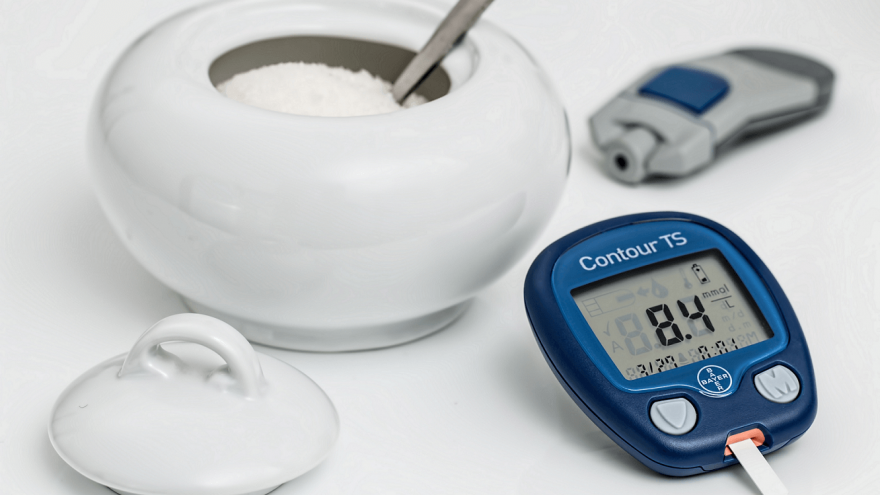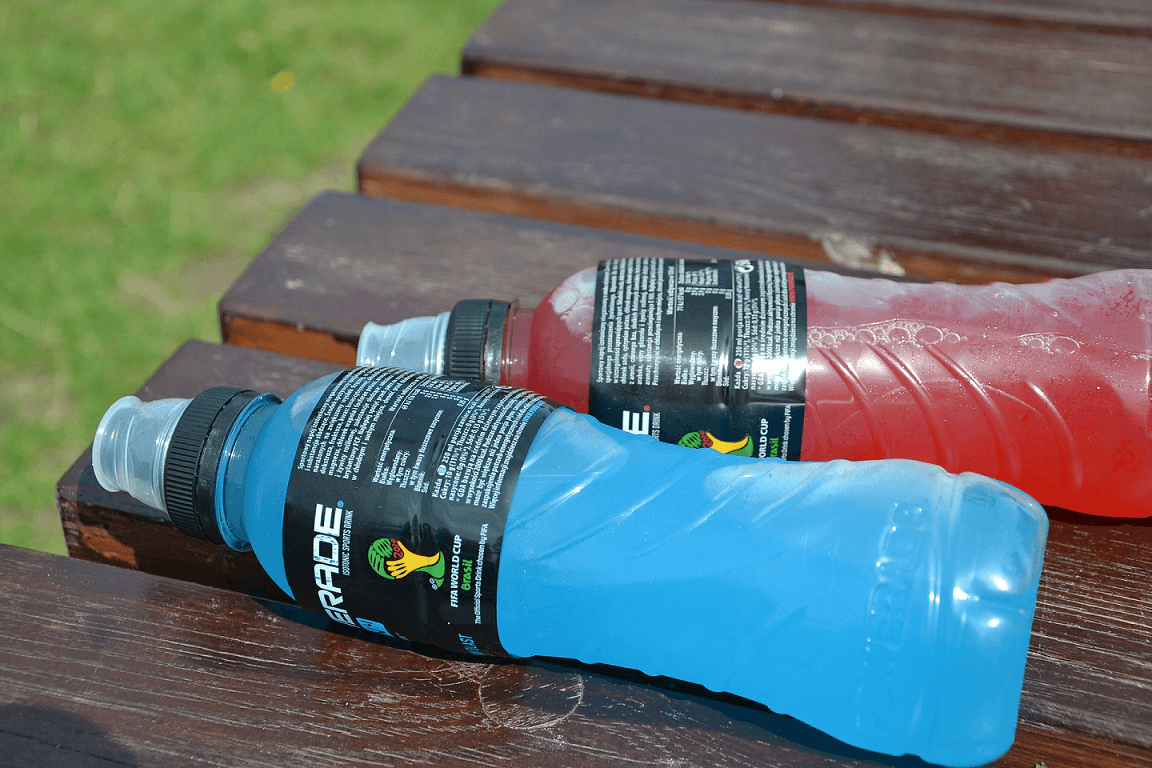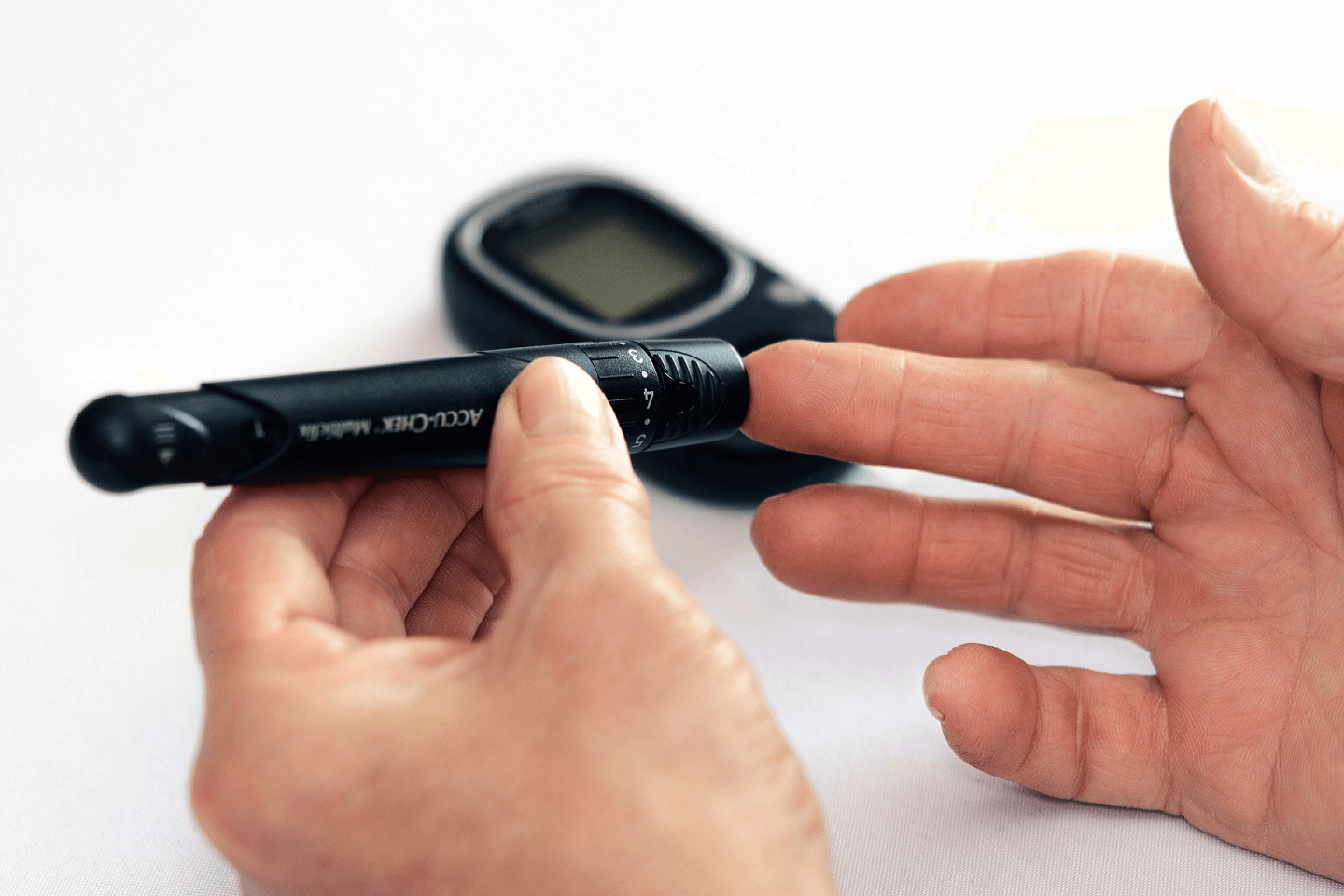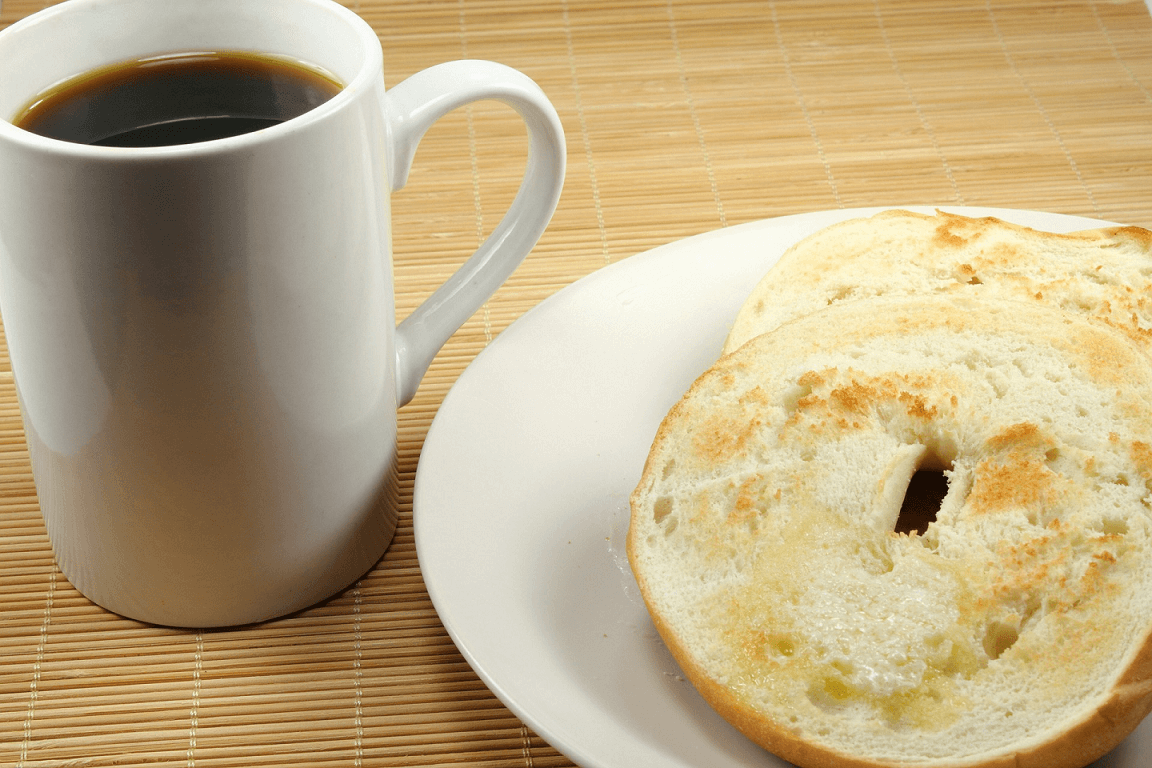The Impact of Running on Blood Sugar Levels (in Those Who Don’t Shun Carbs)

Talking about diet is a bit like discussing politics and religion these days: A rather prickly affair. On the one hand, you have athletes purportedly thriving on a high-fat, low carb diet, and on the other, you have vegan pros who crush records while eating nothing but plants. Somewhere in between, you’ll also find the flexitarians – chilled-out plant eaters who happily scoff down some meat when their bodies ask for it. And yes, representatives from all of these groups are pretty darn good runners too!

It is understandable then, that the whole diet issue often gets the blood boiling. People defend what they know and what they believe is working for them. So, in the spirit of each to their own, you can rest assured. We’re not about to try and pinpoint a one-size-fits-all fueling strategy for athletes. Nor are we attempting to sing the praises of one diet above another. (Although returning to good old wholesome, unprocessed, nutritious food always seems like a good idea.)
Instead, the aim of this post is simple. It is to give a quick and simplified look at the impact of running on blood sugar levels in athletes who choose to fuel with carbohydrates, among other things. Ready?
Blood Sugar 101
First off, without getting too scientific, let’s recap some blood sugar basics. Blood sugar (or glucose) is a major source of fuel for the body. It is a product of the carbohydrates, or carbs, that you ingest, and can only be used as fuel with the help of a hormone called insulin. Without insulin, blood sugar cannot be taken up from the bloodstream and transported into the cells for use by the body.
In healthy individuals, insulin is normally released from the pancreas when the level of glucose in the blood increases. This happens, for example, after each meal. Insulin then stimulates the liver and muscles to take up any excess glucose from the bloodstream, which, in turn, results in the lowering of blood sugar levels. Once blood sugar levels are down, insulin levels drop again, thereby minimizing the risk of low blood sugar levels or hypoglycemia.
How does running affect blood sugar?
In general
So how does running impact on this whole process? According to diabetes nutrition specialist, Sharon Movsas, RD, blood sugar generally drops after exercise and stays lower for at least 24 to 48 hours. Some studies even indicate that high-intensity exercise may lower blood sugar levels for as long as 72 hours post-exercise. Why? Because while running, the body basically needs extra energy to fuel working muscles. Therefore, as you exercise, your muscles become more sensitive to insulin, causing it to absorb more glucose from the blood.
For shorter, more intense bursts of exercise, the glucose (or fuel) stored in muscle and liver cells are usually adequate. For longer, more moderate exercise efforts, glucose can, however, be used at almost 20 times the normal rate. Meaning that you may have to ingest additional carbs while running in order to prevent hitting the wall, depending on the length of your run.

Some exceptions
And while this general impact of exercise on blood sugar levels is true in most cases, there are some exceptions. For example, in Type II diabetes sufferers the body’s response to exercise can be highly individual. For these athletes, exercise can either decrease or increase blood sugar levels. The latter generally happens when the body experiences exercise as a stressor and therefore releases stress hormones to get the body to increase available blood sugar to fuel the muscles. Alternatively, for diabetics, exercise can also have different impacts on blood sugar levels at different times of the day.
And while these varying impacts may be frustrating, the good news for diabetics is that running generally decreases blood sugar levels as the muscles burn and use glucose for fuel. Ann Albright, director of the Division of Diabetes Translation at the Centers for Disease Control and Prevention in Atlanta, cautions, though, that Type II diabetics who have received the green light to exercise should ideally monitor their blood glucose levels both before and after exercise sessions. Or, if that becomes too much of a burden that leads to reluctance to exercise, Albright adds that it should be okay to do this a few times when starting or restarting an exercise regime. This should give enough time to become familiar with individualized blood sugar reactions to exercise.

Virginia Valentine, a certified diabetes educator from Diabetes Network, Inc., notes that it’s also extremely important for diabetics to follow a consistent exercise plan. Lounging around during the week and playing catch-up over the weekend with a few hours of intense exercise could cause too low blood sugar levels or even injury.
Also note that hypoglycemia is more common in individuals who take insulin or other, specific diabetes medications, like sulfonylureas. So if you take these, be extra vigilant about monitoring your blood glucose levels both before and after exercise. Also, remember to carry glucose tablets to help manage hypoglycemia while you run.
What you eat before you run matters for everyone
And while it’s no secret that no one can run a marathon on an empty tank, your fuel choice may have a bigger impact on your performance than you think.
A small study published in the European Journal of Sport Science found that male athletes who consumed a low Glycemic Index (GI) meal two hours before a 21 km performance run achieved faster performance times when compared to consuming an isocaloric high GI meal. Why? It is hypothesized that consuming a low GI meal or snack before a run or race may “reduce the release of glucose, minimize hypoglycemia at the onset of exercise, increase the concentration of blood free fatty acids, and attenuate the rate of utilization of muscle glycogen during exercise”. Low-GI fueling is furthermore believed to produce smaller fluctuations in blood sugar levels. Which, in turn, causes less disturbance of hormonal homeostasis when compared to high-GI fueling.
The bottom line? Slap some PB on that bagel before heading out.

A complex issue
It is clear from the above that the body’s systems can be extremely complex and sensitive. So take the time to get to know yours. And find, with the help of a professional, if need be, what works best for you. And, perhaps most importantly, fuel, train and handle your body with respect and care. It’s the only way you’ll get the best out of it!
Sources
- , Health Check, Online publication
- , How Exercise Lowers Blood Sugar in Type 2 Diabetes, Online publication
- , The impact of brief high-intensity exercise on blood glucose levels, Scientific journal
- , Changes in blood glucose levels during a 1005-km running race: a case study, Scientific journal
- , How does exercise affect blood sugar levels?, Online publication
- , Effect of the glycaemic index of pre-exercise carbohydrate meals on running performance, Scientific journal
- , Exercise Causes Blood Sugar to Go Down—Most of the Time, Online publication
Latest Articles
 Is Running on a Treadmill Easier Than Running Outside?Runners have their own preferences, whether it is treadmill running, running outside on the road, or exploring trails. So...
Is Running on a Treadmill Easier Than Running Outside?Runners have their own preferences, whether it is treadmill running, running outside on the road, or exploring trails. So... Is It OK to Use Trail Running Shoes on the Road?While trail running shoes can be used on roads, especially in situations where a runner encounters mixed terrains or pref...
Is It OK to Use Trail Running Shoes on the Road?While trail running shoes can be used on roads, especially in situations where a runner encounters mixed terrains or pref... How to Fix Sore Quads After Running?Rest, ice, gentle stretching, and over-the-counter pain relievers can help soothe sore quads after running. Also, ensure ...
How to Fix Sore Quads After Running?Rest, ice, gentle stretching, and over-the-counter pain relievers can help soothe sore quads after running. Also, ensure ... 10 Fruits With The Most Electrolytes to Replace Sports DrinksThese fruits are high in electrolytes such as potassium, magnesium, and calcium, essential for hydration, muscle function...
10 Fruits With The Most Electrolytes to Replace Sports DrinksThese fruits are high in electrolytes such as potassium, magnesium, and calcium, essential for hydration, muscle function...

